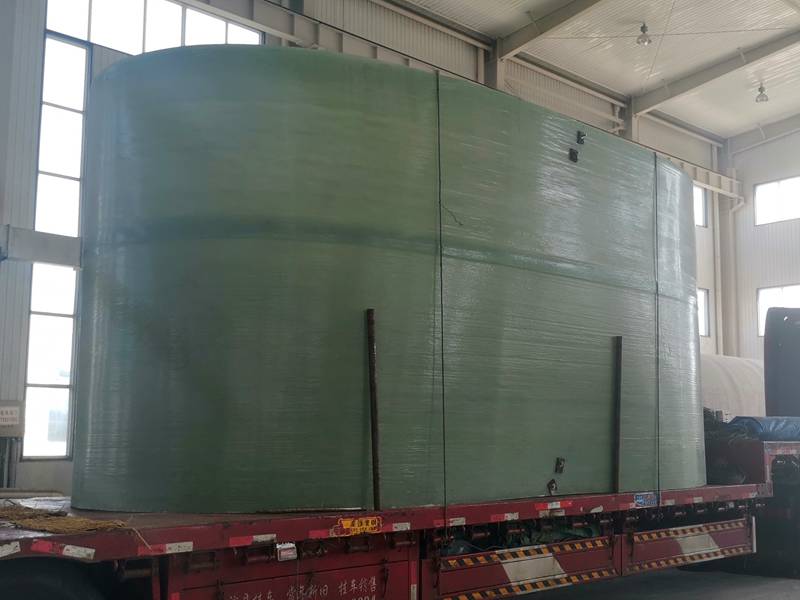
-
 Afrikaans
Afrikaans -
 Albanian
Albanian -
 Amharic
Amharic -
 Arabic
Arabic -
 Armenian
Armenian -
 Azerbaijani
Azerbaijani -
 Basque
Basque -
 Belarusian
Belarusian -
 Bengali
Bengali -
 Bosnian
Bosnian -
 Bulgarian
Bulgarian -
 Catalan
Catalan -
 Cebuano
Cebuano -
 China
China -
 China (Taiwan)
China (Taiwan) -
 Corsican
Corsican -
 Croatian
Croatian -
 Czech
Czech -
 Danish
Danish -
 Dutch
Dutch -
 English
English -
 Esperanto
Esperanto -
 Estonian
Estonian -
 Finnish
Finnish -
 French
French -
 Frisian
Frisian -
 Galician
Galician -
 Georgian
Georgian -
 German
German -
 Greek
Greek -
 Gujarati
Gujarati -
 Haitian Creole
Haitian Creole -
 hausa
hausa -
 hawaiian
hawaiian -
 Hebrew
Hebrew -
 Hindi
Hindi -
 Miao
Miao -
 Hungarian
Hungarian -
 Icelandic
Icelandic -
 igbo
igbo -
 Indonesian
Indonesian -
 irish
irish -
 Italian
Italian -
 Japanese
Japanese -
 Javanese
Javanese -
 Kannada
Kannada -
 kazakh
kazakh -
 Khmer
Khmer -
 Rwandese
Rwandese -
 Korean
Korean -
 Kurdish
Kurdish -
 Kyrgyz
Kyrgyz -
 Lao
Lao -
 Latin
Latin -
 Latvian
Latvian -
 Lithuanian
Lithuanian -
 Luxembourgish
Luxembourgish -
 Macedonian
Macedonian -
 Malgashi
Malgashi -
 Malay
Malay -
 Malayalam
Malayalam -
 Maltese
Maltese -
 Maori
Maori -
 Marathi
Marathi -
 Mongolian
Mongolian -
 Myanmar
Myanmar -
 Nepali
Nepali -
 Norwegian
Norwegian -
 Norwegian
Norwegian -
 Occitan
Occitan -
 Pashto
Pashto -
 Persian
Persian -
 Polish
Polish -
 Portuguese
Portuguese -
 Punjabi
Punjabi -
 Romanian
Romanian -
 Russian
Russian -
 Samoan
Samoan -
 Scottish Gaelic
Scottish Gaelic -
 Serbian
Serbian -
 Sesotho
Sesotho -
 Shona
Shona -
 Sindhi
Sindhi -
 Sinhala
Sinhala -
 Slovak
Slovak -
 Slovenian
Slovenian -
 Somali
Somali -
 Spanish
Spanish -
 Sundanese
Sundanese -
 Swahili
Swahili -
 Swedish
Swedish -
 Tagalog
Tagalog -
 Tajik
Tajik -
 Tamil
Tamil -
 Tatar
Tatar -
 Telugu
Telugu -
 Thai
Thai -
 Turkish
Turkish -
 Turkmen
Turkmen -
 Ukrainian
Ukrainian -
 Urdu
Urdu -
 Uighur
Uighur -
 Uzbek
Uzbek -
 Vietnamese
Vietnamese -
 Welsh
Welsh -
 Bantu
Bantu -
 Yiddish
Yiddish -
 Yoruba
Yoruba -
 Zulu
Zulu
frp handrail
The Importance of FRP Handrails in Modern Construction
In the realm of modern construction and architecture, safety and durability are paramount considerations. Among the various safety measures employed, handrails play a critical role, particularly in areas where elevation changes and steep inclines exist. One material that has gained popularity in the realm of handrails is Fiber Reinforced Polymer (FRP). This article discusses the advantages of FRP handrails and their significance in enhancing safety in various settings.
FRP is a composite material that combines a polymer matrix with fibers, typically glass or carbon, to create a lightweight yet remarkably strong structure. This combination yields a material that is not only durable but also resistant to corrosion, making it particularly suited for environments that expose materials to harsh conditions, such as coastal areas, chemical processing plants, and even residential settings.
The Importance of FRP Handrails in Modern Construction
In addition to being lightweight, FRP handrails boast exceptional resistance to corrosion, UV radiation, and moisture. Traditional materials often succumb to the elements over time, leading to costly repairs and replacements. On the other hand, FRP resists rotting and rusting, ensuring a longer lifespan. This makes them an ideal choice for outdoor applications, such as parks, walkways, and balconies, where exposure to the elements is inevitable.
frp handrail

Safety is a crucial concern in many environments, particularly in public spaces or industrial settings. The design of FRP handrails can be tailored to meet specific safety regulations and standards. They can be produced in various colors and finishes, enhancing visibility and aesthetics. The non-slip surface options available for FRP can help prevent accidents by providing superior grip, even in wet or slippery conditions. This adaptability in design contributes to the overall safety of spaces where they are installed.
Another notable advantage of FRP handrails is their low maintenance requirements. Unlike wood, which may require regular staining or sealing, or metal, which might need periodic painting to prevent rust, FRP handrails require minimal upkeep. A simple wash is often sufficient to keep them looking pristine. This factor not only saves time and labor costs but also contributes to overall economic efficiency in long-term maintenance.
In addition to their practical benefits, FRP handrails are environmentally friendly. The manufacturing process of FRP can be less taxing on the environment compared to traditional materials. Moreover, many FRP products are made from recycled materials, contributing to a more sustainable approach to construction. As green building practices become more prevalent, the demand for eco-friendly materials like FRP continues to grow.
The versatility of FRP handrails also extends to their aesthetic appeal. With various design options, colors, and finishes available, these handrails can complement a diverse range of architectural styles. This adaptability allows architects and designers to incorporate safety features into their projects without compromising visual appeal.
In conclusion, FRP handrails offer a combination of safety, durability, and aesthetic flexibility that is hard to match with traditional materials. Their lightweight nature, resistance to corrosion, and low maintenance requirements make them an excellent choice for various applications, from industrial facilities to residential properties. As the construction industry continues to seek safer and more sustainable solutions, FRP handrails are poised to play an increasingly significant role in ensuring safety and compliance while enhancing the beauty of spaces. For anyone involved in construction or design, considering FRP handrails could be a step toward a more efficient, safe, and eco-friendly future.
Latest news
-
Exploring the Benefits of Top Hammer Drifter Rods for Enhanced Drilling PerformanceNewsJun.10,2025
-
High-Precision Fiberglass Winding Machine for GRP/FRP Pipe Production – Reliable & Efficient SolutionsNewsJun.10,2025
-
FRP Pipes & Fittings for Shipbuilding - Corrosion-Resistant & LightweightNewsJun.09,2025
-
Premium FRP Flooring Solutions Durable & Slip-ResistantNewsJun.09,2025
-
Premium Fiberglass Rectangular Tanks Durable & Lightweight SolutionNewsJun.09,2025
-
Tapered Drill String Design Guide Durable Performance & UsesNewsJun.09,2025









